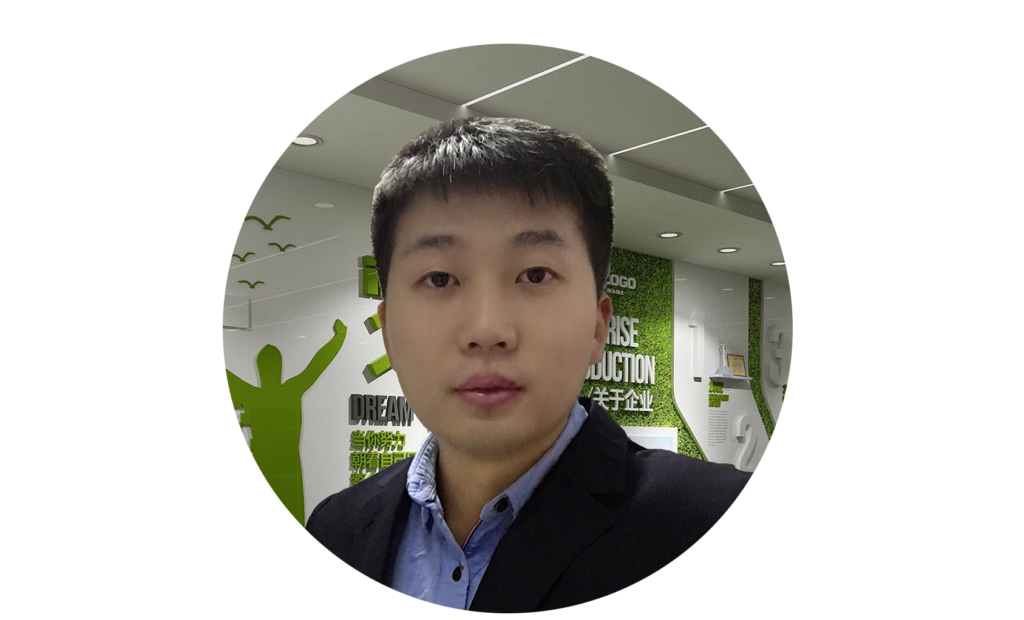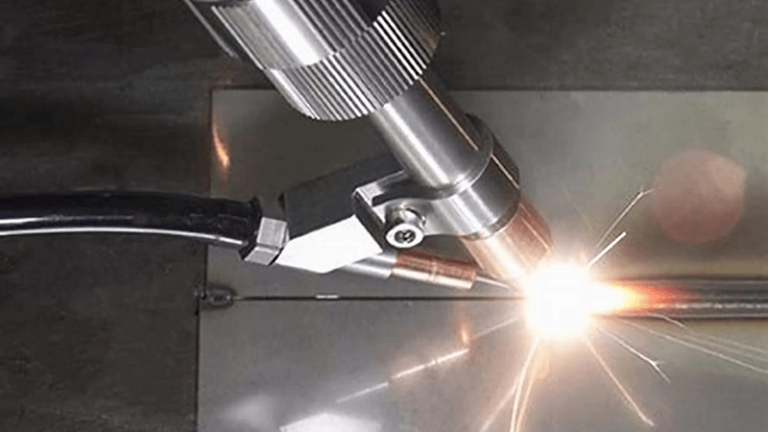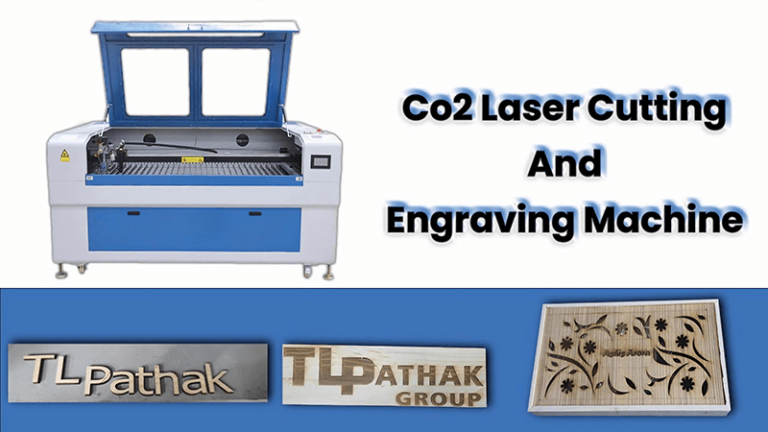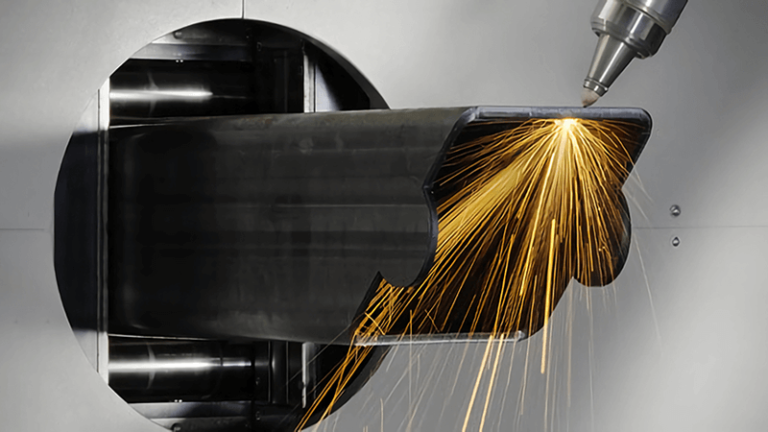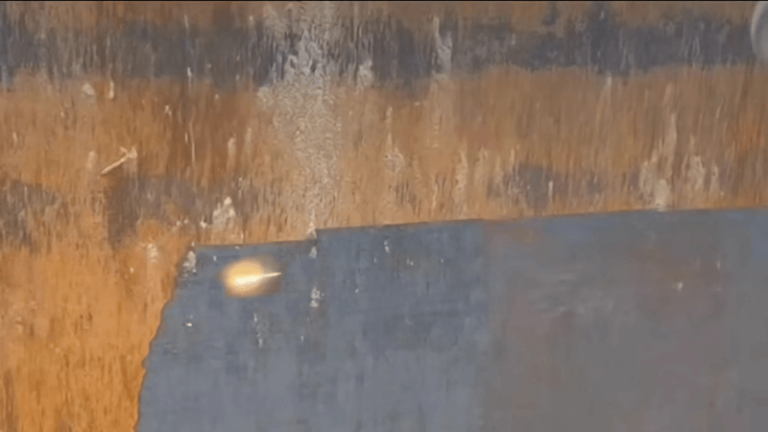
Precision in metal sheet laser cutting isn't just a luxury—it's a necessity. Imagine your projects marred by inaccuracies, wasting time and resources. Frustrating, right?
Achieving precision in metal sheet laser cutting requires a combination of high-quality equipment, proper calibration, careful material selection, optimized cutting parameters, and advanced techniques. By focusing on these areas, you can significantly enhance the accuracy and efficiency of your laser cutting operations, leading to better product quality and reduced waste.
Let's dive into how you can master precision with your laser cutting machine.
Understanding Laser Cutting Technology
Precision starts with understanding the technology. Laser cutting machines use a high-powered laser beam to slice through metal sheets with incredible accuracy. There are different types of lasers, like CO2 and fiber lasers, each suited for specific materials and thicknesses. Choosing the right laser type is crucial for achieving the best results Learn more about laser types.
But it's not just about the machine. Selecting the right material plays a significant role in precision. Different metals react uniquely to laser cutting. For instance, stainless steel reflects more laser light, requiring adjustments in power settings. Always consider the material's properties to ensure clean, precise cuts Material selection guide.
| Comparison Items | CO₂ Laser Cutting | Fiber Laser Cutting |
|---|---|---|
| Working Principle | Using CO₂ gas as the medium, generating a 10.6μm laser through electrical excitation, which is focused on the metal surface to melt and vaporize the material, and the auxiliary gas blows away the slag. | Using an optical fiber as the gain medium, doped with rare earth elements, and generating a 1 - 2μm laser through pumping excitation. The laser is transmitted through the optical fiber and focused for cutting, and the auxiliary gas clears the slag. |
| Cutting Quality | The kerf width is relatively wide, about 0.2 - 0.4mm; the cutting surface roughness is generally in the range of Ra6.3 - Ra12.5μm. | The kerf can be as narrow as 0.1 - 0.2mm; the cutting surface roughness can reach Ra3.2 - Ra6.3μm. |
| Cutting Speed | Slower. For example, when cutting 10mm thick carbon steel, it is about 0.5 - 1m/min. | Faster. When cutting 10mm thick carbon steel, it can reach 1 - 2m/min. |
| Applicable Material Range | The cutting effect on high-reflectivity metals is not good. It is suitable for thick black metals and some non-metals. | It has strong adaptability to metal materials, including high-reflectivity metals. The cutting effect on non-metals is not as good as that of CO₂ laser. |
Precision in metal sheet laser cutting requires high-quality equipment and proper calibration.True
Achieving precision in metal sheet laser cutting is dependent on using top-notch equipment and ensuring proper calibration to avoid inaccuracies.
Precision in laser cutting is unimportant for small-scale projects.False
Precision is crucial for all projects, large or small, to avoid wastage of resources and time, regardless of the scale.
Machine Calibration and Maintenance
Calibration is your best friend. Regularly calibrating your laser cutter ensures that the machine operates within the desired tolerances. Start by checking the alignment of the laser beam and the focusing lens. Even slight misalignments can lead to significant precision issues. Maintain a calibration schedule to keep your machine in top shape Calibration tips.
Maintenance isn't just about calibration. Keeping your machine clean from metal dust and debris prevents overheating and mechanical wear. Regular maintenance checks can save you from unexpected downtimes and maintain consistent precision in your cuts Maintenance checklist.
Calibration Aspects
-
Laser Generator Calibration:
- For Fiber Lasers: Check the stability of the pump source's power. Make sure the output power does not change much. Use professional power monitoring devices to watch and adjust the power in real-time.
- For CO₂ Lasers: Pay attention to the discharge state of the electrodes. Ensure the discharge is even and stable by adjusting the power supply settings and checking the distance between the electrodes.
-
Motion System Calibration:
- Accurately calibrate the movement of the X and Y axes. Use standard precision blocks and micrometers to measure any positioning errors when the worktable moves in different directions.
- Correct any errors by adjusting the screw gaps, motor step angles, and driver settings to ensure the cutting head can precisely reach each cutting point.
-
Beam Transmission System Calibration:
- Check if the fiber connections are tight and not damaged. Ensure the fiber bending radius meets the requirements to minimize power loss and maintain beam quality during transmission.
- For CO₂ lasers, make sure the mirrors are correctly angled and clean. Use special beam alignment tools to adjust and clean the mirrors, ensuring no dust or dirt affects the laser path.
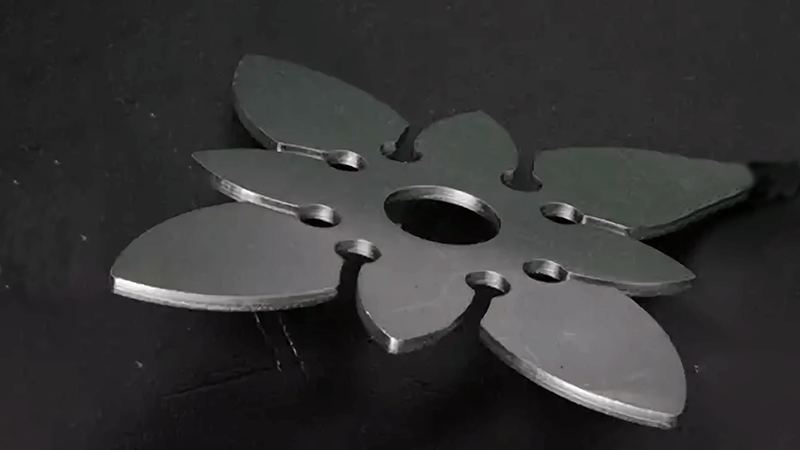
Maintenance Aspects
-
Cooling System Maintenance:
- Regularly check the coolant level, pH, and cooling efficiency. Add or replace the coolant as needed to keep the laser and cutting head cool, preventing overheating and maintaining beam quality.
- Clean the filters and heat exchangers in the cooling system to ensure the coolant flows smoothly.
-
Gas System Maintenance:
- For laser cutters that use gases like oxygen or nitrogen, check the gas lines for leaks. Make sure the gas pressure is stable and the flow rate matches the cutting requirements.
- Replace gas filters regularly to remove impurities, ensuring the gas is pure and does not affect cutting quality.
-
Electrical System Maintenance:
- Inspect all electrical connections to ensure they are secure and not damaged or old. This helps prevent short circuits and power failures.
- Clean the electrical control cabinet, check switches and relays to make sure they work properly, and ensure the equipment runs smoothly and safely.
-
Mechanical Parts Maintenance:
- Apply the right amount of lubricant to moving parts like rails and screws to reduce friction and extend their life.
- Check the protective lenses on the cutting head for any scratches or damage and replace them if needed to ensure the laser focuses correctly.
- Make sure the mechanical structure of the cutting head is stable to prevent shaking during cutting, which can affect precision.
Optimizing cutting parameters is essential for achieving precision in laser cutting.True
By adjusting cutting parameters correctly, you can ensure clean and accurate cuts, leading to improved precision.
Metal sheet laser cutting can be effective without advanced techniques.False
Advanced techniques are key to achieving precision and minimizing errors in laser cutting, especially for complex projects.
Optimizing Cutting Parameters
Optimizing cutting parameters is where the magic happens. Parameters like power, speed, and frequency directly impact the precision of your cuts. For thin materials, higher speed and lower power might be ideal, while thicker sheets may require the opposite. Experiment with these settings to find the sweet spot for each material type Cutting parameters guide.
Don't underestimate the power of good design software. Advanced design tools allow for precise specifications and can communicate directly with your laser cutter. Ensure your designs are optimized for laser cutting by minimizing unnecessary details and ensuring clean lines Design software tips.
Fiber Laser Cutting Parameter Optimization
-
Cutting Height: It is generally recommended to adjust the cutting height between 0.8-1.2mm. If the actual cutting height is inaccurate, calibration is required. Precise control of cutting height is crucial for ensuring cutting quality and reducing material waste.
-
Nozzle Type and Size: Ensure the nozzle model and size are correct, undamaged, and maintain normal roundness. For optical center detection, it is recommended to use a nozzle with a diameter of 1.0mm, and the focus should be between -1mm to +1mm. Regularly inspect nozzle wear and replace as needed to maintain cutting precision.
-
Cutting Power and Speed: Use higher speed and lower power for thin materials, and the opposite for thicker plates. When cutting thin carbon steel sheets, use a small nozzle with a double layer of 1.0 or 1.2mm, a cutting speed exceeding 2m/min, and avoid excessive cutting gas pressure. For thick plates, a larger nozzle aperture improves cross-section quality but increases taper. Balancing power and speed optimization can enhance cutting efficiency and quality.

-
Cutting Gas Pressure: If stainless steel cutting shows corner slagging, lower the focus and increase gas pressure. For overall hard slag, lower the focus and increase gas pressure. Too low focus or gas pressure can cause cross-section delamination and rough surfaces. For overall granular soft slag, appropriately increase cutting speed or reduce cutting power. Proper gas pressure settings help improve edge smoothness and reduce material deformation.
-
Material Type and Thickness: Different materials (such as stainless steel, aluminum, titanium alloys) require different laser cutting parameters. Adjust cutting parameters based on the material’s reflectivity, thermal conductivity, and melting point to achieve optimal cutting results.
-
Cooling System: An effective cooling system ensures the laser and nozzle remain stable during high-intensity cutting processes, preventing overheating that could lead to equipment failure or reduced cutting quality.
-
Beam Quality: High-quality laser beams (e.g., low divergence, high mode quality) enhance cutting precision and edge quality, reducing the heat-affected zone.
-
Maintenance and Calibration: Regularly maintain equipment, clean optical components, and calibrate cutting parameters to ensure the equipment remains in optimal working condition and extends its lifespan.
-
Advanced Control Technologies: Implementing adaptive control systems and real-time monitoring technologies can automatically adjust parameters based on cutting process variations, improving cutting stability and consistency.
-
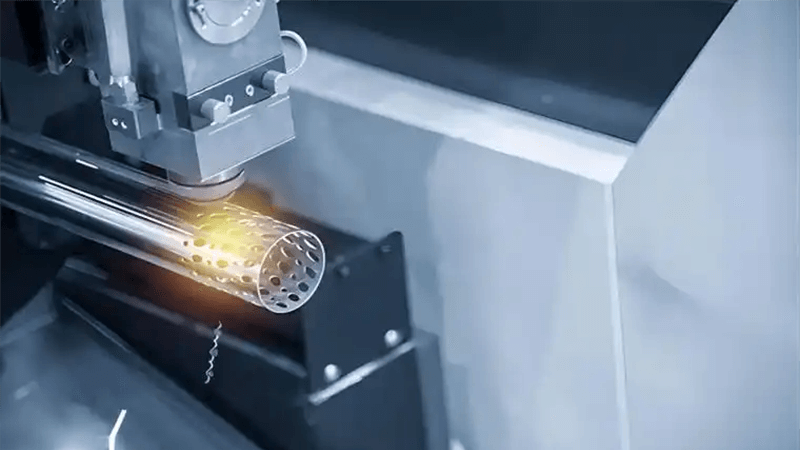
CO₂ Laser Cutting Parameter Optimization
-
Focus Position: For 6mm metal materials, the focus is generally on the surface; for 6mm carbon steel, the focus is above the surface; and for 6mm stainless steel, the focus is below the surface, with specific dimensions determined experimentally. Focus position can be determined using methods such as printing, slope plate, or blue spark techniques. Precise focus positioning enhances cutting accuracy and edge quality.
-
Piercing Technique: Explosive piercing is suitable for scrap materials, producing larger and less round holes. Pulse piercing offers better quality but requires a reliable gas control system. After piercing, immediately switch auxiliary gas to oxygen for cutting. Transitioning from stationary pulse piercing to continuous cutting at equal speed can be achieved by adjusting the average laser power, such as changing pulse width, frequency, or both. Optimizing piercing techniques reduces cutting time and improves quality.
-
Nozzle Design and Gas Flow Control: Typically, conical nozzles with small circular holes at the end are used, with oxygen nozzle pressure usually below 3 bar. Scalable nozzles can be used to increase cutting speed. The distance between the workpiece and the nozzle affects cutting pressure; the highest cutting pressure zone is close to the nozzle outlet, approximately 0.5-1.5mm away, which is a common process parameter. Proper nozzle design and gas flow control effectively protect the cutting area, reduce thermal impact, and minimize oxidation.
-
Gas Type: Selecting appropriate cutting gases (such as oxygen, nitrogen, air) significantly affects cutting results. Oxygen is suitable for carbon steel, providing good cutting performance, while nitrogen is ideal for stainless steel and aluminum to prevent oxidation.
-
Material Thickness and Parameter Matching: Adjust laser power, cutting speed, and gas pressure based on material thickness to ensure appropriate thermal input during cutting, avoiding material deformation and cutting defects.
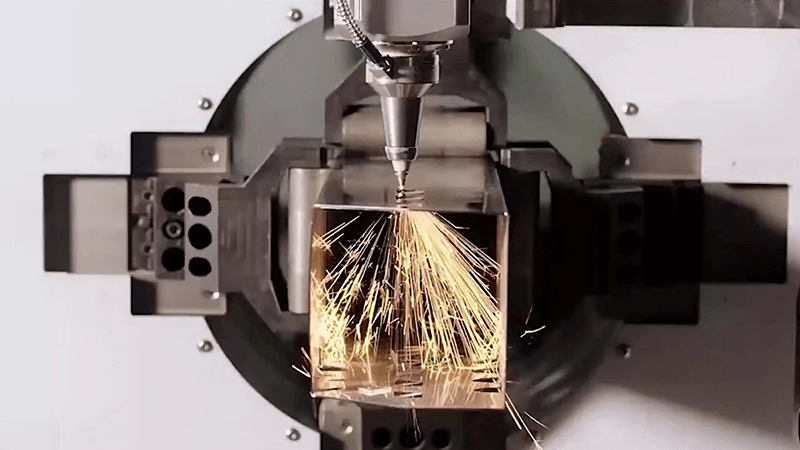
Design Software Optimization
-
Intelligent Nesting: Software like AMADA laser programming tools features intelligent nesting capabilities, automatically recognizing and optimizing part layouts to improve material utilization and reduce processing time. Intelligent nesting also minimizes human error and enhances production efficiency.
-
Cutting Path Generation: Based on the set cutting trajectory, the software can automatically generate cutting paths, considering material thermal deformation and inertia to achieve high-precision cutting. Optimized cutting paths reduce cutting time and enhance cutting quality.
-
Simulation and Optimization: Providing simulation functions allows the cutting process to be simulated on a computer, facilitating debugging and optimization, and reducing cutting errors. Simulation helps anticipate potential issues during cutting, allowing parameter adjustments beforehand to ensure smooth actual cutting operations.
-
Data Management and Analysis: Modern laser cutting software often includes data management and analysis features, recording cutting parameters and results for data analysis. This helps optimize production workflows and improve equipment utilization.
-
Multi-Axis Control: Advanced design software supports multi-axis control, enabling high-precision cutting of complex curves and meeting the demands of various industrial applications.
Material selection does not significantly affect the precision of metal sheet laser cutting.False
The choice of material has a direct impact on the quality and precision of the laser cutting process, affecting outcomes.
High-quality equipment plays a minor role in achieving precision in metal sheet laser cutting.False
High-quality equipment is a crucial factor for achieving the necessary precision in laser cutting, as it ensures accuracy and reliability.
Operator Training and Best Practices
Skilled operators make all the difference. Training your team to understand the nuances of the laser cutter can lead to significant improvements in precision. Encourage continuous learning and provide resources for your operators to stay updated with the latest techniques Operator training resources.
Implementing best practices is essential. Simple steps like proper material handling, regular machine inspections, and maintaining a clean workspace can enhance precision. Foster a culture of attention to detail within your team to ensure high-quality outcomes Best practices checklist.
Please click here to get a full guide about how to maintain a laser cutting machine.
Quality Control and Inspection
Quality control is your safety net. Regular inspections using tools like calipers and laser measuring devices help identify precision issues early. Implementing a robust quality control process ensures that only the best cuts make it to the final product Quality control methods.
Stay ahead with the latest advancements. The laser cutting industry is constantly evolving with new technologies that enhance precision. Keep an eye on innovations like automated calibration systems and AI-driven cutting optimizations to stay competitive Latest laser cutting innovations.
Troubleshooting Common Issues
Troubleshooting is part of the journey. Common precision issues like inconsistent cut widths or rough edges can often be traced back to simple problems like incorrect settings or machine misalignments. Develop a troubleshooting guide for your team to quickly address and resolve these issues Troubleshooting guide.
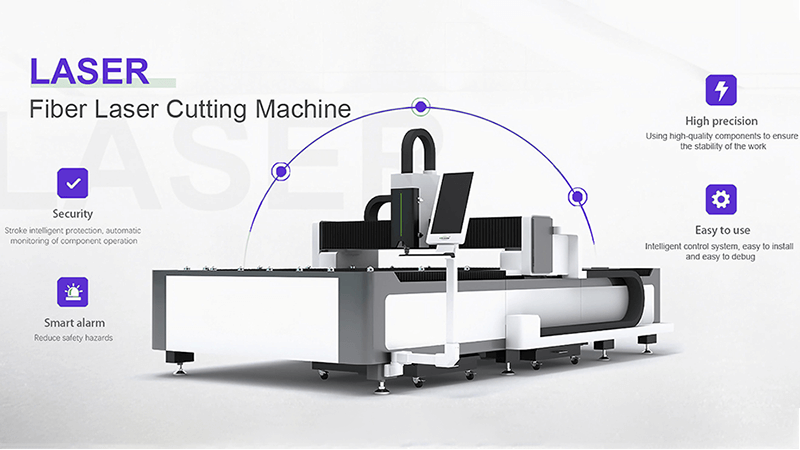
Conclusion
In conclusion, achieving precision with a metal sheet laser cutting machine is a blend of understanding your technology, meticulous maintenance, and continuous optimization. By focusing on these areas, you can ensure that your laser cutting operations are both accurate and efficient. Let's make every cut count!
References:
- "How to Optimize Your Laser Cutting Machine for Better Results", from Kirin Laser.
- "Top Metal Laser Cutters for Industrial Precision: Which One is Right for You?", from Kirin Laser.
- "Choosing the Best Laser Cutter for Stainless Steel: A Guide", from Kirin Laser.
- "Fiber Laser Cutters: What You Need to Know Before Buying", from Kirin Laser.
- "How to Choose the Right Metal CNC Machines for Your Needs", from Kirin Laser.
- "Top Applications of Fiber Optic Laser Cutting Machines in Industry", from Kirin Laser.
- "3rd Generation Maglev Fiber Laser Cutting Machine", from Kanfon.
- "Laser Cutting Sheet Metal Fabrication Techniques", from Metal Works.

